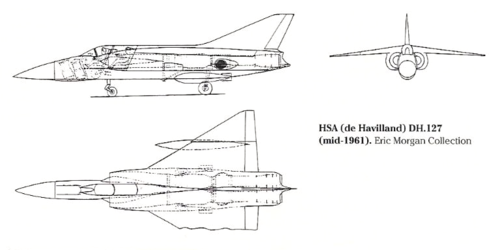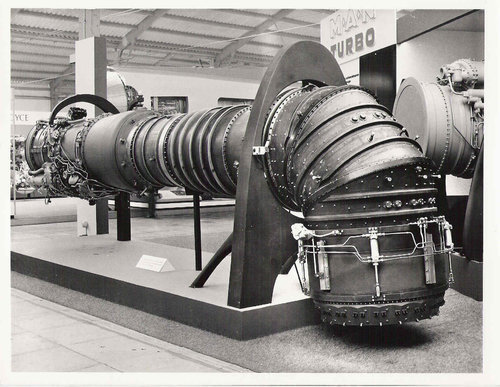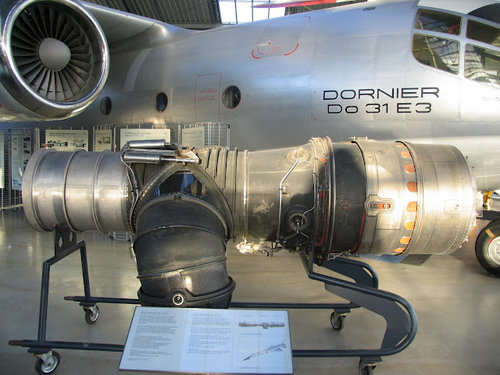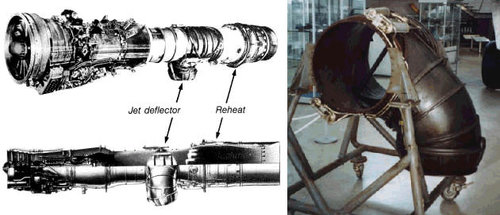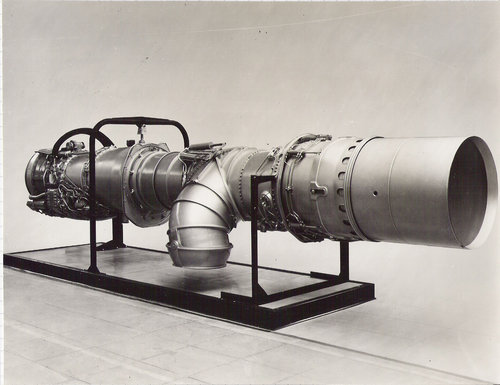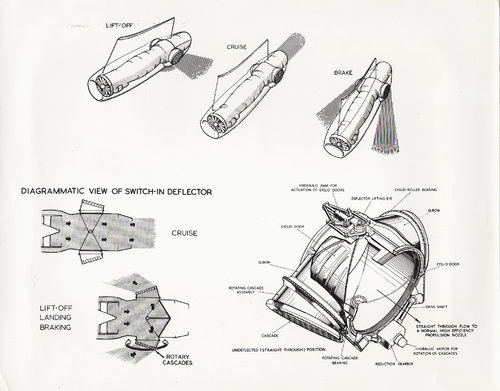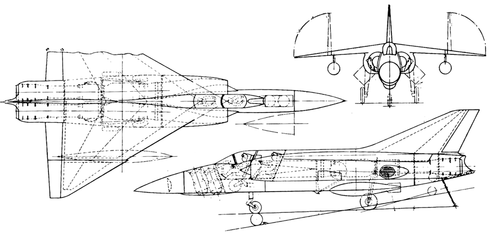- Joined
- 25 June 2014
- Messages
- 1,564
- Reaction score
- 1,499
According to Derek Wood; Project Cancelled, pp.190, 192-195, the DH.127 was a two-seat V/STOL strike/reconnaissance aircraft with high-mounted delta wing, twin reheated Speys and two lift engines in front of the cockpit. Joint RAF/RN requirement OR.346 led to Ministry Specification ER.206 for an associated research aircraft, and it was for this that the DH.127 was submitted. (The other contender was the Vickers-Armstrong Type 581 variable-geometry design, heavily influenced by the work of Barnes Wallis). According to the linked Type 581 thread, the year was 1959.
Detailed features of the DH.127 included thrust-vectoring nozzles nearthe front of the Speys, apparently bleeding off cold air from the compressor, Mirage-style semicircular intake shock cones, folding wing tips, drop tanks and arrester hook. Its multipurpose weapons bay could accommodate a small nuke. Judging by its size relative to the Speys it was a fraction smaller than the Mirage IV and one could be forgiven for thinking it a V/STOL variant of the Dassault bomber.
The DH.128 was later submitted as a specifically naval design, in competition with the similarly revised BAC (as Vickers had now become) 535 VG proposal.
Detailed features of the DH.127 included thrust-vectoring nozzles near
The DH.128 was later submitted as a specifically naval design, in competition with the similarly revised BAC (as Vickers had now become) 535 VG proposal.
Last edited:

